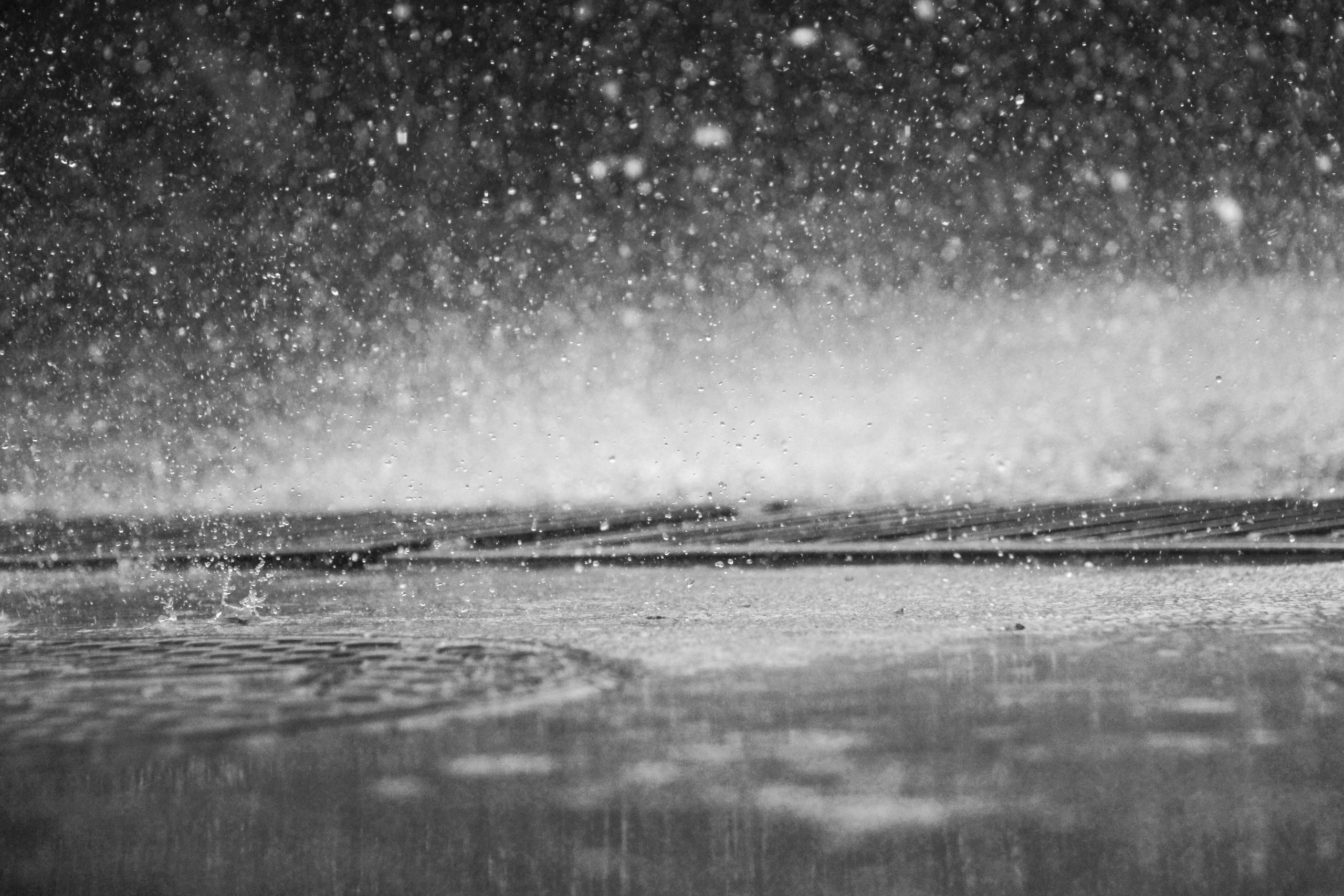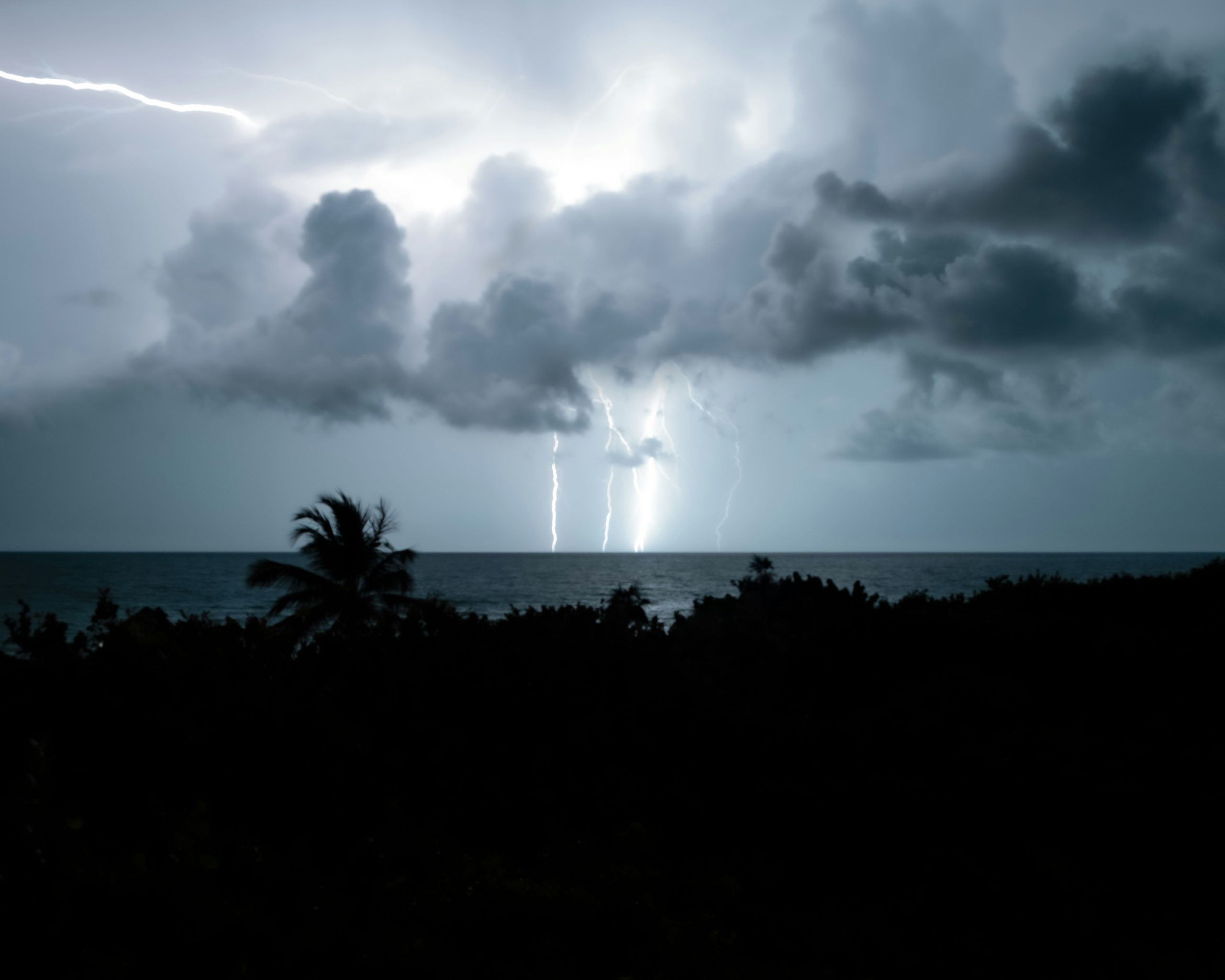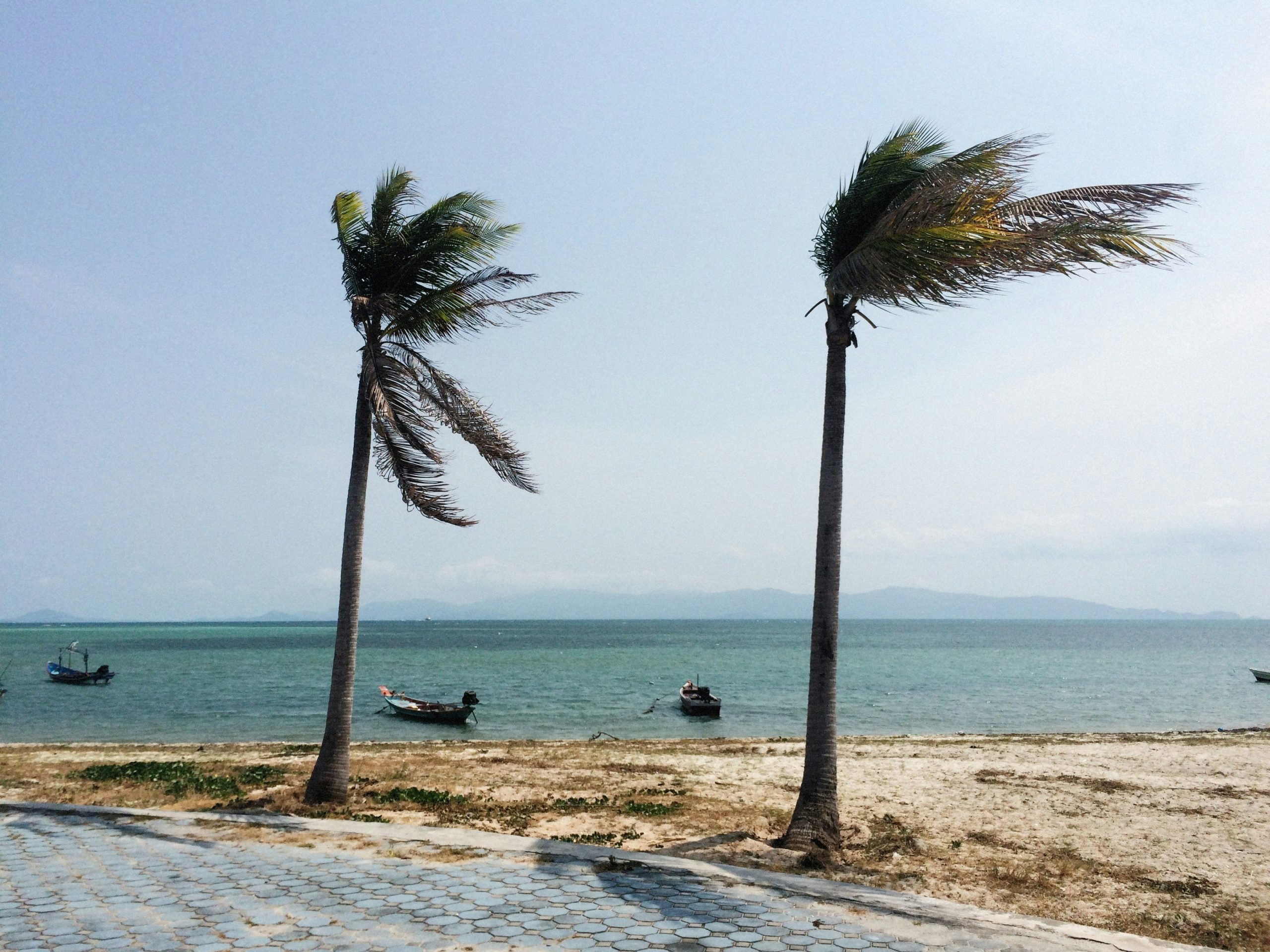As dark clouds gather ominously in the sky and wind begins to howl with increasing intensity, the phrase storm signal number 2 suddenly becomes a matter of urgent attention. But what exactly does this ominous warning entail? In the world of meteorology, storm signal number 2 represents a significant threat – a forecast indicating that a tropical cyclone is approaching with sustained winds ranging between 61 to 120 kilometers per hour. It is a declaration that nature’s fury is poised to unleash its might upon the land, prompting communities to brace for impact and take necessary precautions to safeguard lives and property.
Definition: Explanation of storm signal number 2
Storm signal number 2 is a critical warning issued by meteorological agencies to indicate the likelihood of a tropical cyclone approaching land areas. This signal signifies that strong winds ranging from 61 to 120 km/h are expected within the next 24 hours. It also suggests potential damage to crops, trees, and weak structures, urging residents to take necessary precautions. Moreover, storm signal number 2 serves as a red flag for maritime activities, advising boats and ships to seek shelter due to rough seas and dangerous conditions.
Understanding the significance of storm signal number 2 is essential in preparing for the impending dangers posed by tropical cyclones. It prompts residents to secure their homes, stock up on essentials, and evacuate if necessary to ensure safety during the storm’s occurrence. Additionally, this alert system enables authorities and emergency services to mobilize resources effectively and coordinate rescue operations in affected areas. Embracing proactive measures and staying informed about storm signals can help communities minimize risks and mitigate the impact of severe weather events on lives and properties alike.

Criteria: Conditions that warrant a signal 2
When it comes to understanding storm signal number 2, knowing the criteria that warrant its issuance is crucial. There are specific conditions that must be met in order for a signal 2 to be raised, signifying a more severe threat than a lower-level warning. Some of these conditions include sustained winds of 61-120 km/h and heavy rainfall which may lead to flooding and possible landslides.
Additionally, factors such as storm surge potential and the likelihood of widespread power outages play a significant role in determining when a signal 2 should be hoisted. This level of warning requires people to take immediate action, secure their property, and prepare for potential evacuation if necessary. Being informed about these criteria is essential for communities living in areas prone to strong typhoons or hurricanes as it helps them stay vigilant and safe during hazardous weather events.
Implications: Impact on communities and activities
The implications of a storm signal number 2 extend beyond just safety concerns. Communities are greatly impacted as daily activities come to a halt. Schools close, businesses shutter their doors, and travel becomes dangerous or impossible. The most vulnerable members of society, such as the elderly and those with mobility issues, face even greater challenges during these times.
Furthermore, the economic repercussions can be significant for communities affected by storm signals. Loss of income from disrupted business operations and potential damages to infrastructure can have long-lasting effects. This highlights the importance of disaster preparedness and community resilience in minimizing the negative impact on livelihoods and local economies.Overall, the implications of a storm signal number 2 are vast and multifaceted, reminding us of the interconnectedness of our communities in times of crisis.

Precautions: Safety measures during signal 2
During a storm signal number 2, it is crucial to take certain safety measures to protect yourself and your property. Firstly, secure all outdoor objects that may become projectiles in strong winds, such as patio furniture or grills. Second, ensure that doors and windows are tightly closed and locked to prevent wind from causing damage inside your home. Thirdly, it is recommended to unplug electrical devices to avoid potential damage from power surges during the storm.
Moreover, it is important to stay indoors during a signal 2 storm and avoid unnecessary travel. If evacuation orders are issued, follow them promptly for your own safety. Additionally, keep an emergency kit handy with essential items like water, non-perishable food, first aid supplies, and important documents in case of any emergencies during the storm period.
Response: Government actions and public response
In times of severe weather conditions like a storm signal number 2, government actions play a crucial role in ensuring the safety and well-being of the public. The implementation of evacuation plans, communication strategies, and resource allocation are just some examples of how governments can respond effectively. Additionally, public response to these government actions is vital for the success of disaster management efforts. It is important for individuals to follow instructions from authorities, stay informed about the situation, and assist those in need within their communities.
Moreover, collaboration between government agencies and the public is key in mitigating the impact of storms and other natural disasters. By working together towards a common goal of minimizing risks and ensuring resilience, both parties can contribute significantly to improving overall disaster preparedness and response strategies. Ultimately, a strong partnership between government actions and public response can lead to better outcomes during challenging situations like storm signal number 2.

Conclusion: Importance of heeding storm signals
In conclusion, the importance of heeding storm signals cannot be overstated. These warnings serve as a crucial alert system that helps individuals and communities prepare for potentially dangerous weather conditions. Ignoring these signals can lead to significant risks and consequences, making it essential for everyone to take them seriously.
While technology has advanced in predicting storms, nature remains unpredictable, making it all the more necessary to pay attention to the signals provided by meteorological agencies. By taking proactive measures based on storm signals, people can mitigate the impact of severe weather events and ensure their own safety and that of others. In essence, staying informed and responding appropriately to storm warnings is a fundamental aspect of disaster preparedness that should not be overlooked.